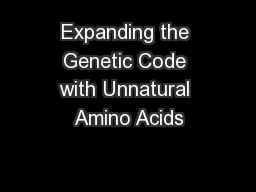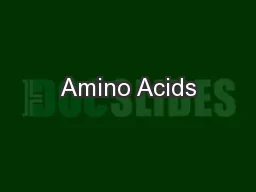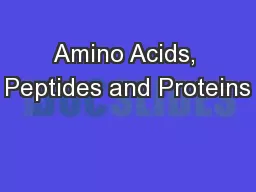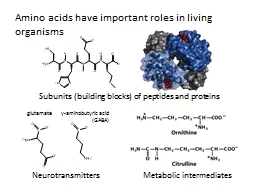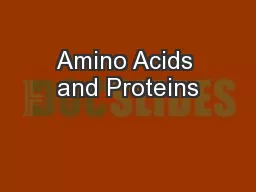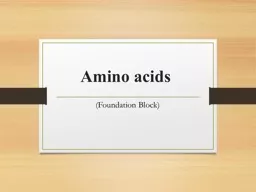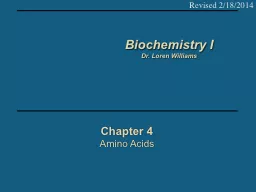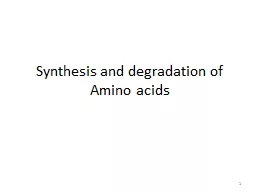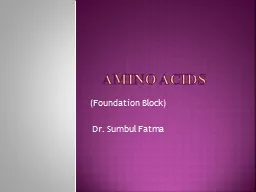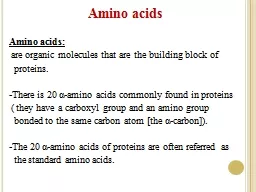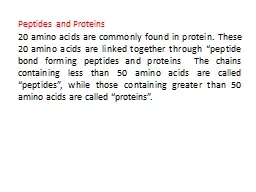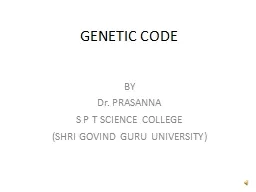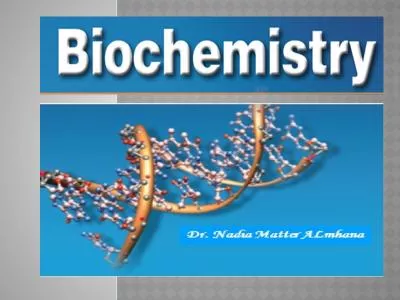PPT-Expanding the Genetic Code with Unnatural Amino Acids
Author : myesha-ticknor | Published Date : 2016-08-04
Kevin Cravedi Biochemistry BS Class of 2010 Department of Chemistry Senior Seminar March 11 2010 Thesis Background of Method Application of Method Example 1 AzoPhe
Presentation Embed Code
Download Presentation
Download Presentation The PPT/PDF document "Expanding the Genetic Code with Unnatura..." is the property of its rightful owner. Permission is granted to download and print the materials on this website for personal, non-commercial use only, and to display it on your personal computer provided you do not modify the materials and that you retain all copyright notices contained in the materials. By downloading content from our website, you accept the terms of this agreement.
Expanding the Genetic Code with Unnatural Amino Acids: Transcript
Download Rules Of Document
"Expanding the Genetic Code with Unnatural Amino Acids"The content belongs to its owner. You may download and print it for personal use, without modification, and keep all copyright notices. By downloading, you agree to these terms.
Related Documents

